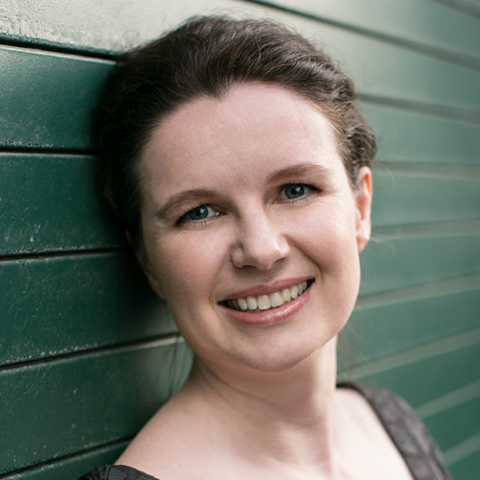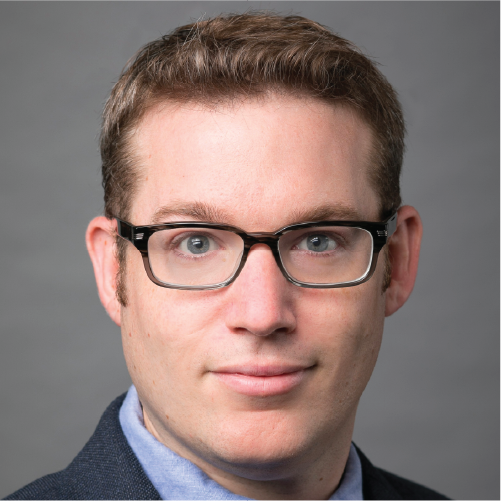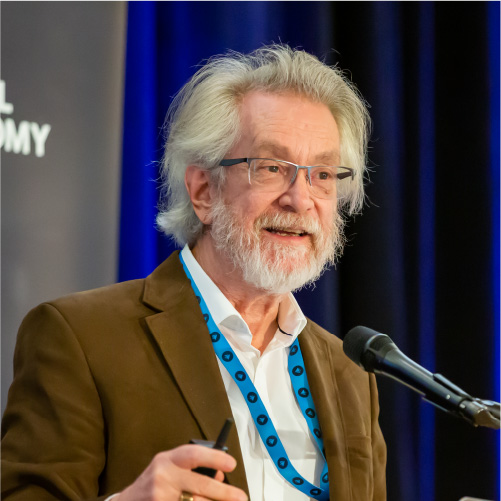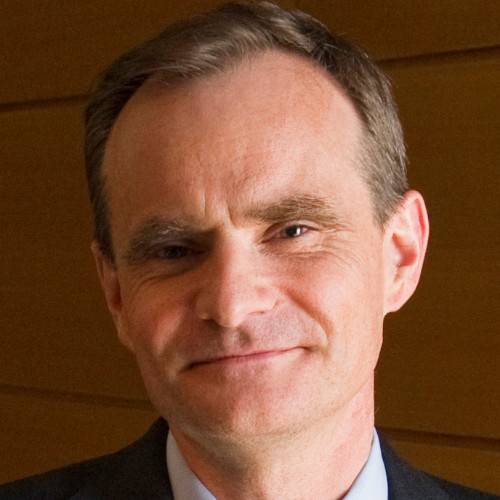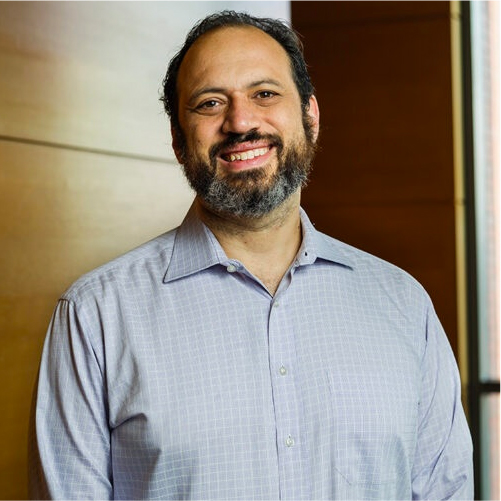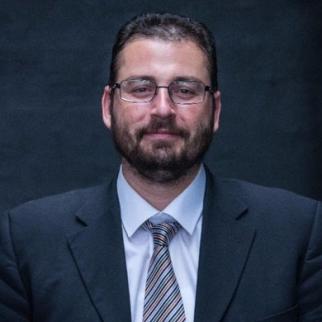The past year has seen the Lab holding true to our mission of pursuing a deeper understanding of the digital economy and its impact on the future of work and society. From groundbreaking research to new collaborations to far-reaching events, here are just a few of our accomplishments in 2023.
Follow us on X and LinkedIn to keep up with the Lab and our work. While you’re at it, sign up for email updates to receive The DigDig newsletter and news about future events.
Research

Can generative AI boost productivity in the workplace? Lab researchers Erik Brynjolfsson, Danielle Li, and Lindsey Raymond tested AI software with more than 5,000 agents at an unnamed Fortune 500 company to find out. The surprising result: The company posted a 14% increase in the number of customer service chats an agent successfully responded to per hour. Another surprising finding: The boost in productivity was seen in the lowest-skilled customer service agents, while their higher-skilled counterparts experienced only a slight increase.
Related
Generative AI at Work
Arxiv
First study to look at AI in the workplace finds it boosts productivity
Axios
How to capitalize on generative AI
Harvard Business Review
Will generative AI make you more productive at work? Yes, but only if you’re not already great at your job
Stanford HAI
How generative AI is placing CFOs at the forefront of company strategy
Fortune
Brainstorm AI 2023: Economic Impacts of AI and ML on the Workforce
Fortune
Collaborations
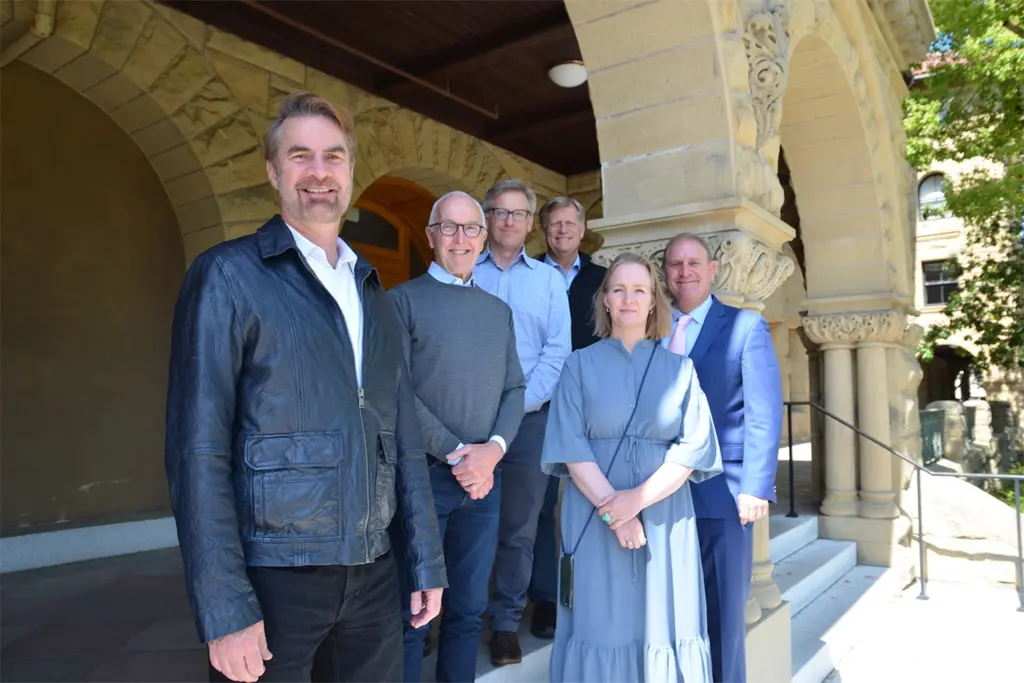
Project Liberty brings technologists, academics, policymakers, and citizens together to improve technology, including a more open internet infrastructure. Earlier this year, the Lab, along with Stanford University, joined Project Liberty in its effort to produce a more responsible approach to digital technology. “Stanford will add an important anchor for us in Silicon Valley,” said founder Frank McCourt. Jr. “With their openness to collaboration, focus on solutions, and shared sense of urgency, Stanford faculty will help propel our work.”
Related
Project Liberty expands global alliance to strengthen democracy and responsible technology
Stanford joins international initiative to strengthen democracy and foster responsible technology
Knowledge sharing

Our 2023 Seminar Series covered a wide range of pressing topics—including productivity during the pandemic, consumer demand to support black-owned businesses, and data deserts and inequality. Catch up on all of our seminars (or watch them again) from the past year.
Related
Seminar Series 2023: Year in Review
Collaboration

The Lab began working with the ADP Research Institute in 2022 to produce the new and improved ADP National Employment Report, which measures the changes in private employment based on payroll data from more than 25 million employees. Today, that collaboration is going strong.
Events

The way we currently measure the economy is outdated—and that divide will only grow in the emerging AI-powered economy characterized by goods and services that have zero price. So how can we understand, let alone manage, what we do not accurately gauge? The New Measures of the Economy Workshop convened researchers and experts to explore new and better methods of measurement.
Related
Crafting a New Measure of Economic Well-Being
Stanford Digital Economy Lab
Research

In the working paper, “AI Adoption in America: Who What, and Where,” a team of researchers examined how 850,000 firms in the United States used five AI-powered technologies—autonomous vehicles, machine learning, machine vision, natural language processing, and voice recognition. Their findings? Fewer than 6% of firms used any of the five AI-related technologies.
Related
AI Adoption in America: Who, What, and Where
NBER
‘AI divide’ across the US leaves economists concerned
The Register
Education
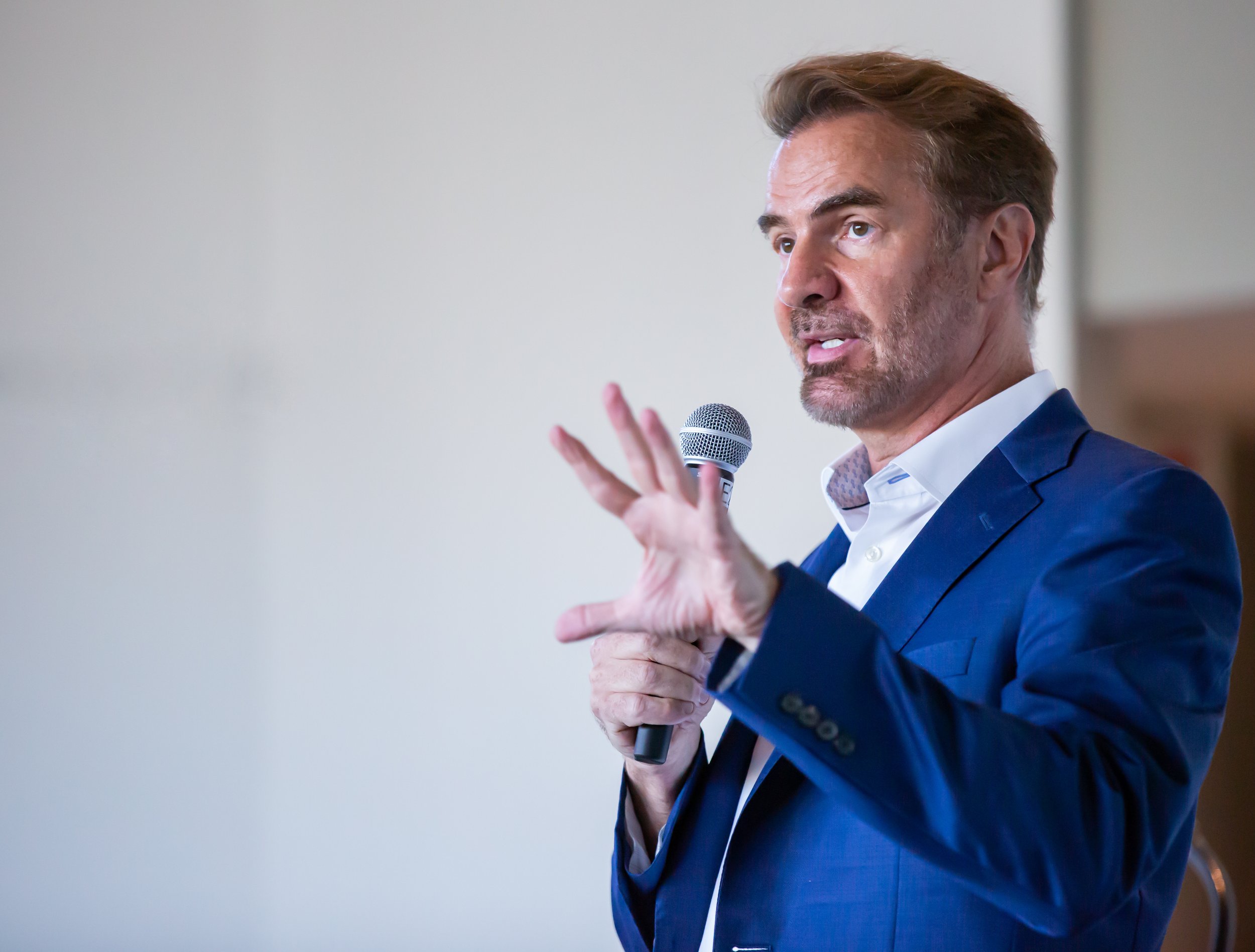
In “The AI Awakening: Implications for the Economy and Society,” a Stanford course led by Lab Director Erik Brynjolfsson, students discussed and debated the ways AI will impact the future. Guest speakers included Mira Murati, Jack Clark, Laura D’Andrea Tyson, Alexandr Wang, Condoleezza Rice, Bindu Reddy, Eric Schmidt, Mustafa Suleyman, and Jeff Dean, A 2024 course is planned.
Related
The AI Awakening: Implications for the Economy and Society
Stanford Digital Economy Lab
Research
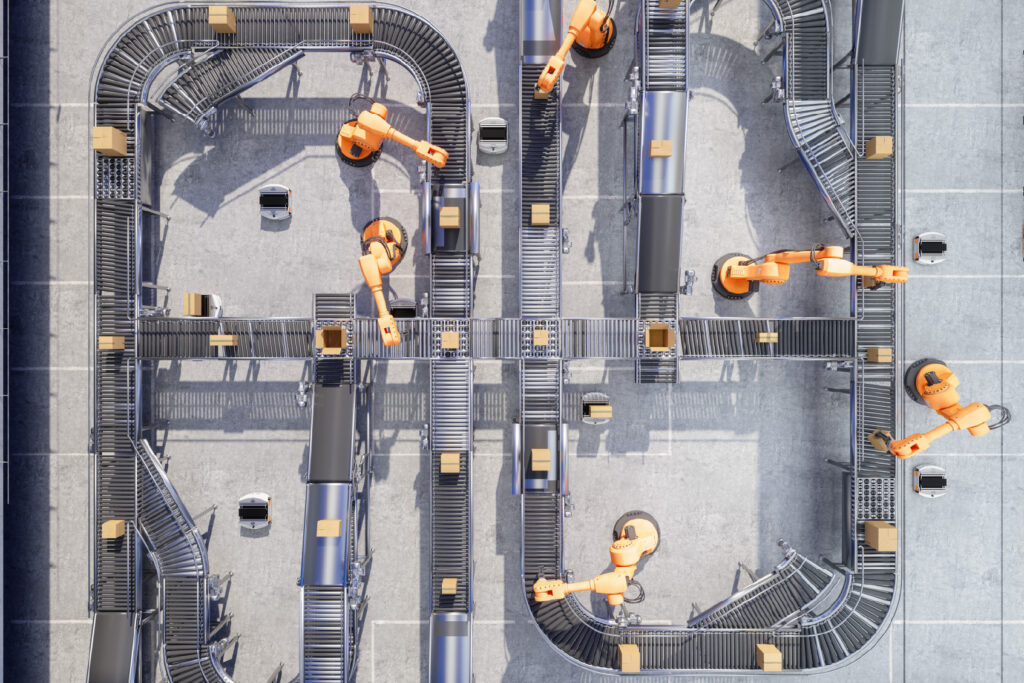
Who knew that Iowa, Michigan, Kansas, Wisconsin, and Minnesota led the nation with the highest concentration of robots in manufacturing? In the working paper titled “The Characteristics and Geographic Distribution of Robot Hubs In US Manufacturing Establishments,” Erik Brynjolfsson, J. Frank Li, and other researchers used data from the US Census Bureau’s Annual Survey of Manufacturers to examine which manufacturers use robotics, where the robots are, and how establishments are using them.
Related
The Characteristics and Geographic Distribution of Robot Hubs in U.S. Manufacturing Establishments
NBER
What ‘robot hubs’ mean for the future of US manufacturing
Stanford Digital Economy Lab
But wait, there’s more
Check out more Lab-related news and press from 2023:
What to expect in AI in 2024
Stanford HAI
Your company will need remote work as extreme weather gets worse
Harvard Business Review
The investigators of human creativity
Stanford Digital Economy Lab
Podcast: Erik Brynjolfsson on the future of generative AI
2-2-2
An approach to boosting US labor productivity
McKinsey & Company
Machines of mind: The case for an AI-powered productivity boom
Brookings
All Stanford Digital Economy Lab seminars are free, virtual, and open to the public. You can view recordings of most past events on our YouTube channel or by visiting the links of past events below.
